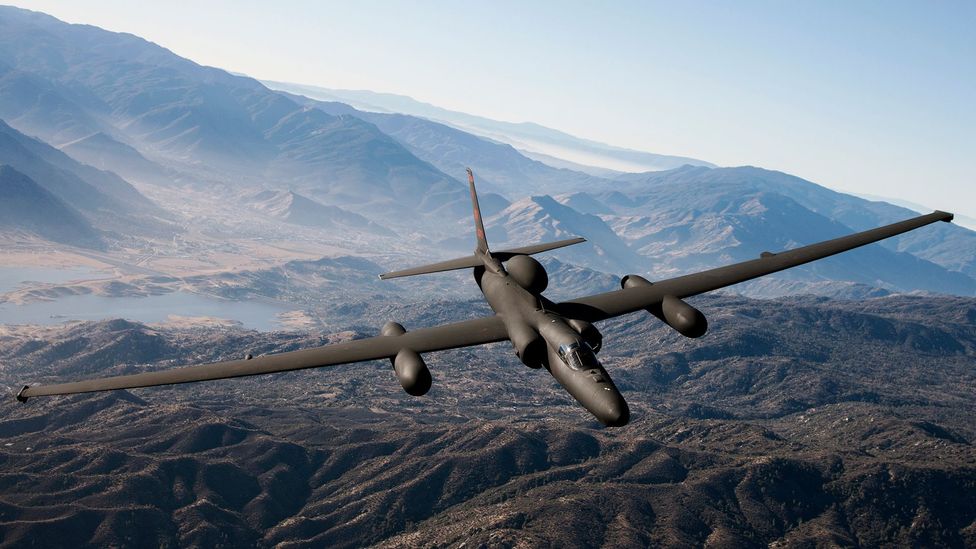

Flying over 14 miles high and able to photograph objects just a few inches across, the U-2 was the ideal tool to help open up the secrets of the Soviet heartland. Built by the famous Lockheed “Skunk Works” in Burbank, Calif., and designed by the legendary Kelly Johnson, the U-2 revolutionized the art of reconnaissance and intelligence-gathering. The U-2 Fills the Voidīy the mid-1950s, though, an incredible new aircraft was about to change the odds of successful overflights and break through the Iron Curtain around the USSR. Deep penetrations into the heartland of the USSR were rare and usually run at night to obtain targeting information for bombers of the Strategic Air Command (SAC) and the Royal Air Force (RAF). Most of the early overflights were accomplished with modified bombers, making short dashes into Soviet airspace to photograph or monitor specific targets or airfields.

For the first half of the 1950s, though, the tools for this dangerous work were decidedly second-rate. aircraft to violate the borders and airspace of the Soviet Union and risk war to obtain the information needed. In short, Presidents Truman and Eisenhower ordered U.S. Just obtaining a basic location inventory of the various factories and design bureaus behind the strategic nuclear weapons establishment took years.īy the early 1950s the need to accurately assess the ability of the USSR to produce nuclear weapons and their delivery systems had reached a point where American presidents were willing to order extreme measures to learn the truth.

The huge landmass of the USSR made it easy to move large, industrial complexes deep inland, in almost any number that might be required. However, the very geography and nature of Soviet society conspired to hide that information from Western observers. military, and foreign intelligence services worked hard to develop solid estimates of the nuclear combat potential of the Soviet military. While part of the surprise clearly can be blamed on the paranoid secrecy of the Soviet Union under Stalin, much of the responsibility lay with those assigned to watch the USSR. When the first Soviet atomic bomb was detonated in the fall of 1949, there was little or no notice provided to Western leaders by their intelligence sources. It is also the story of how a fur hat and a handful of doctored magazine photos helped the United States and its Allies know the true potential of the USSR to make war. This is the story of one of those assessments, and how two CIA operations called Soft Touch and Touchdown provided the data to make it accurate. During the first decade of the East-West conflict, the CIA was a new organization, without many of the tools, personnel, and processes that would make it so effective later. This was hardly the case in the early days of the Cold War, however. They then turn it into reports, presentations, briefings, and assessments, delivering them with an efficiency that would impress Federal Express. Today, the Central Intelligence Agency (CIA) controls a vast array of satellites, aircraft, ground stations, and covert operatives to gather a mind-numbing stream of data. Such decisions affect a nation’s policy on military procurement and overseas deployments, as well as relations with potentially hostile foreign powers. This is then collected into intelligence assessments, which give national-level political leaders and military commanders the ability to make informed and thoughtful decisions. More often than not, the most important information comes from analysis of raw data collected by agents and operatives who have no idea what they are gathering. The reality of intelligence-gathering, though, is usually quite different. Movies and novels about spies and espionage usually portray brave and sexy secret agents going deep behind enemy lines to grab some invaluable and potentially destabilizing piece of information.


 0 kommentar(er)
0 kommentar(er)
